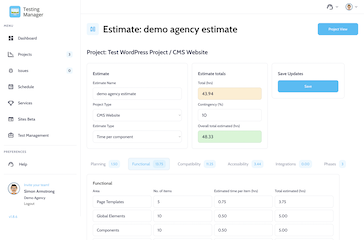
Google recently announced that mobile-friendliness will become more of a ranking signal and associated algorithm changes are due to hit on 21st April.
This has set many people into a mild panic as to what Google constitutes as being mobile-friendly. Fortunately, Google has a mobile friendly testing tool (now Lighthouse) that will tell you if a given URL has a mobile friendly design.
You may also have noticed that Google Webmaster Tools has been reporting on 'mobile usability issues' for a little while now, although Google has confirmed that the issues reported in Google Webmaster Tools will not affect your ranking. It is the result in the mobile friendly testing tool that is the important one for the ranking signal update.
Basically, pick up your smartphone, go to Google and search for your website, if you see a mobile friendly label in the search results then Google is happy.
You can breath a sigh of relief, right?
Unfortunately, there is more to being truly mobile friendly than that, although Google's test is a good first step.
Remember the Mobile Usability Issues report in Google Webmaster Tools? That can give you a good idea of some problems that are present across the whole site, not just on an individual URL, which is all that the mobile friendly tool covers.
But it doesn't stop there, as it is important to understand how usable the site is on a mobile device and what the experience is like for a user. Google's tools only scratch the surface of those aspects although there are sure to be further developments in the coming months. The best course of action is to actually pick up your smartphone and use your site as you would expect a user to. If it is an ecommerce site then what is the experience like when browsing, finding a product and making a purchase? If you find the experience frustrating then chances are your users do too.
There is also an extremely wide range of mobile devices covering different sized screens, resolutions, operating systems and mobile browser versions. This means that it is vital to test your site across the major combinations using real devices if at all possible.
Once you have carried out those tests you can be more satisfied that your site is indeed mobile friendly.


